|
Today we had a chat with Stephen, from Waterloo Bathrooms in the Wirral, about one of their most trusted suppliers. Geberit is known for many things but mostly as having a great range of behind the wall framing solutions to host all the inner workings of the bathroom. This system is called the Geberit One solution. Despite the framing effectively moving the walls into the room by a few centimetres, it is a smart way of designing a bathroom. This is because it allows you to hide all the pipework, make up for uneven walls, integrating functionality and maximise the use of space. It all lends itself to a better-designed bathroom that is easier to clean with a more considered finish.
Some clients may have concerns about maintenance in regards to integrated and behind the wall solutions, thinking that to carry out any work you need to rip out the whole wall. The team at Geberit has thought of a solution for this too, as upkeep can happen easily through the generous access plates and the simple removal of the modular inner workings. From medium to high-end bathrooms, Geberit is thought of as having superb quality and a vast range of solutions. It is a very well-respected brand within the industry as their products are so well thought out. Sometimes it is not immediately obvious when looking at a picture, but when you come to install, the materials which are chosen and design behind them really speak for themselves. Even their cabinetry has special consideration towards being as water-resistant and resilient as possible. They are a joy to specify for clients as you can have confidence in their quality credentials. AD - This blog post was a paid for post by Geberit UK. All the words are my own.
2 Comments
What was your journey into the world of interiors?My story starts when I was working in a high end furniture store in Brazil (where I was born). I then came to London on holiday and totally fell in love with it - so I moved here in 2005. My goal on moving to the UK was to work with the Designers Guild, but it was quite hard as I couldn't speak english. I remember that when I sent my CV to them, they loved it but my interview was rubbish due to my poor English. After that I really focused on improving my language skills, while working in other furniture stores here such as Armani Casa. One of my customers at the time was an interior designer who had a really big project who invited me to go work for her - so I did. After a while I set myself up as a solo while landing a part time job at the Designers Guild store. It really helped me hone my craft working with colour and pattern. I was working as a full time designer, but after having kids I decided to shift focus onto online service. I have a weekly meeting with members of my design courses remotely to help them with their interiors. It allows me to really broaden my reach to clients and teaches them about the process of design. All the while helping them access an interior designer without the usual price implication. What is your process when tackling an interior design project?I always start from the client. I need to know what they like, what their interests are, what inspires them, what brands they like. It helps me really understand my clients needs and then I can help make the home represent their own personality and soul. The rooms I design must have a great feeling. If the room I create doesnt put a smile on someone's face, then it's not a good scheme. These are my starting points, and then I build a scheme around this. It is a very involved process because the home is more than just a house - it is the place of warmth and sanctuary - so it has to reflect you and inspire you. Great design is never about just copying a beautiful room seen on a magazine, it is about so much more than that. We have a considered layout and plan for all the pieces they may want to keep, a great space has to function properly as well as look amazing. We also discuss budget too, I always try to use the budget wisely to maximise how much bang they can get for their buck. I then develop mood boards with concepts and move onto sourcing and installation. How would you describe your aesthetic?My style is all about feeling good! Very floral, colourful and patterned. Some may say playful with an Alice In Wonderland twist. Now clients that come to me, know about my style and love of colour therefore I never have that negotiation with a hesitant or reluctant client as what I do is very clear. I am happy to encourage my clients to be braver and more confident with their use of colour. We discuss their psychology and what the options for introducing colour and pattern are.
What would you say is the biggest no-no in interiors?Just copying something without properly applying it to the space. You need to consider the differences in light, orientation and functional demands on a room before you just buy something for it - otherwise it is just generic. Oh and I also can't stand crushed velvet!
How do you think interior design is represented by the media?I think it's good that people are getting inspired by interior design on social media and on TV. It helps them create happier spaces to live in and that is always a good thing. Sometimes on TV shows the limitations of time and money really challenge you, because you know that you could do so much better if only you had an extra few days or a bit more budget. The other good thing is that it inspires people to pursue careers into interior design, which is fabulous.
How would you describe your own aesthetic? I like interiors with humour, colour, soul and a bit of shock value. I dont think I'm a true maximalist, but I like a considered bold aesthetic. I have really started to pair back the amount of stuff I have as I gain more pleasure from seeing big impactful pieces that are usually quite unexpected within that space. What is the best piece of interiors advice that you have?If a piece makes your heart sing every time you see it, celebrate it and build your scheme around it. Thought I must say, I'm not much of a planner as I like seeing a space evolve organically, I do this gradually over time and let the scheme evolve. This allows me to be a bit more flexible and adaptable to any other changes or issues that inevitably come up during a renovation. It also makes it easier for me to compromise by being less rigid and tacking design problems creatively.
What would you say is your favourite space in your home?It must be my new kitchen, family space. We reconfigured our kitchen to create an open kitchen-living with a hidden door leading to the boot room and downstairs loo. It gives me real joy as we spend so much time in here and are so lucky to have a gorgeous bright kitchen with the glass roof. We totally live in this space now (proximity to the fridge I think helps)! What is one design trend that you are loving at the moment?I like the trend that people going a bit bolder and being a bit more playful with their interiors. Its especially important in a family home where you can be a bit more playful and colour and pattern can help you hide a multitude of sins. Why not wallpaper or use a feature colour on the ceiling. One design trend that you hate?I don't like gimmicky design or schemes that are too predictable - such as a coastal theme with pictures of lighthouses. I also hate chopped cushions! Top pet peeve in your homeI have two! Firstly, any kit left around by my kids which I have to clear up after. Secondly is unmade beds. I have to always make my bed in the morning and when my kids don't their room just looks a hot mess. How to do you think social media has changed the way people interact with interior design?I think that it's been massive, it has helped people be a lot braver with their homes and therefore create more ambitious schemes. I think it also has helped people respect the process of design and recognise the level of work that goes into creating a well put together scheme.
Today we are having a chat with one of the owners of Rose and Grey, the beautiful interiors store tucked away on Altrincham (South Manchester) side streets which is a treasure trove of custom sofas, stylish accessories and decorating inspiration.
When did you realise your passion for interior designI’ve always been interested in interiors, even as a child. My dad is an architect and my brother works in property development so a passion for interior design definitely runs in the family. As a child I used to cut up interior magazines to make scrapbooks, so it makes sense that I ended up in this industry! How would you describe your design aesthetic?We like to balance our collection between trend-led pieces and timeless design. We tend to focus on designs with longevity for our larger furniture items, only buying into trends that we know will be around for a significant time, like our best-selling velvet sofas. We always have pieces that reference Scandinavian and Mid-Century design in our collections, as these looks don’t date and really appeal to our customers. We mix in trend-led pieces through new fabrics and smaller accessories. At the moment we’re seeking a lot of inspiration from Byron Bay in Australia and Joshua Tree in California for a fresh take on the boho look. Biggest challenges and successes in creating your brand so far? The current situation is one of the hardest challenges we have faced as a business, but our head office team has adapted quickly to working remotely and we have stringent social distancing procedures in place in order to keep the delivery side of the business running safely. We launched the brand twelve years ago during the recession, at a time when buying furniture online was relatively unheard of, so we feel the business is rooted in weathering adverse circumstances and that gives us the confidence to know we will emerge from the current challenges intact. In terms of successes, there have been many ‘wins’ we have enjoyed over the years, big and small – but the one that stands out for me is when the business reached a point where my husband was able to leave his job to join the brand full-time.
That ‘Aha!’ moment when you were recognised and knew you had created something special?
One design trend you are loving and one you are glad is over? I am really enjoying the current trend for personality-led accessories – faces, boobs and bums on everything from vases to prints and textiles. Our customers can’t get enough of these items at the moment and the team have also been buying them for our own homes.
I am pleased the shabby chic trend is over; it was definitely a trend that lingered far too long.
When did you first realise your passion for interior design?I've always been very creative and aesthetically driven. I used to work as a fashion merchandiser and buyer for boutiques which gave me skills which lent themselves easily towards interiors. I realised I really wanted to be an interior designer when we bought our first house and started renovating it. I had this "AHA!" moment where I realized that interior design is fashion for your home which is more permanent, more impactful to your life, and more important. How did you land your first client?My son made a friend at pre-school whose mother happened to be an interior designer so I basically begged her for a job. She wanted me to start the next day as she really needed help. She realised my potential and asked me focus more on her interior design projects and less on my freelance merchandising business. Within the year I started taking on my own clients and she was super supportive. From there I kept getting referrals. In my first few months I spent a lot of time listening to the "A Well Designed Business" podcast and signed up for Kimberley Seldon's "Business of Design" course. These things helped give me tools to streamline my processes. Once I implemented those changes, I felt empowered that I was running a proper design business as my presentations got slicker and more organized. What is your process that you take your clients through?For me it’s all about the fit! If clients find me on social media or have spent time on my website, they know me a little bit better and like ‘me’ and therefore we are a better fit. If the client doesn't really align with me aesthetically, it makes the whole process harder. There are enough designers out there with a range of aesthetics that there is really someone for everyone and I have realized that it’s okay if it’s not me. I set up an initial paid consultation where we do a big brain dump of ideas (this also allows me to make sure that our personalities will be a match too) and if the client just wants to run with that and do the project themselves that's fine. Most times they love my ideas and don't know how to implement them so they hire me. Then I draw up a proposal for them based on the scope. Once the project begins we start with initial mood boards that nail the look down and feel, followed by a feasibility meeting with any trades to make sure that things we are dreaming up are possible. Once the overall look and feel is signed off on, we start working on the floor plan. Once that is finalized, we then can start filling in the blanks. We source the actual furniture pieces that fit the dimensions we laid out, design cabinetry, source the materials for hard finishes, etc. After everything has been sourced and budgeted, we do a full presentation with all the product line sheets, fabrics, finish samples etc. We can go into a revision phase if needed, but the next step would be procurement where we start purchasing all the pieces. Everything gets shipped to a warehouse while we are waiting for trades to finish their work. Once the shell is ready, we have everything delivered. Then you get your big HGTV reveal moment. From the time you spent in the UK, did you find any of these steps different?I think as we do so much furniture production in the US, we are quite lucky that we have more sources. In the UK I found it difficult to find much at wholesale. I think in the UK you have a lot more artisans, so it’s great if you want to make custom pieces Custom furniture is usually better made and relatively local and therefore more sustainable which we love. How would you describe your design aesthetic?I always find this challenging, it’s hard for me to put a finger on a single aesthetic. I think it’s an eclectic mix of a lot of different elements. I like modern and traditional interiors, but for me it’s all about balance. So it’s about having a look that isn't too much one way or the other. I'm also very casual - I think the term is Californian Casual, lots of organic materials, textures and colours that are found in nature. I don't like to use super bright colours; I prefer things to be more saturated and deeper vs. brighter and louder. Comparing the differences between how people tackle interiors in the UK vs California, what were your observations?I think even though we have historical homes and countryside homes here in the US, in the UK the interior decor leans into the architectural style of the property a lot more. Whereas here we use it as the framework and do something much more modern with the décor to balance it out or even contrast it. I always gravitate towards linen as the go-to fabric and I found the UK gravitated towards velvets. A lot of this comes down to the climate. But I've seen a lot more velvets being used in the US now, more in natural colours though rather than jewel tones with more vintage and worn feels. What do you think is helping educate clients to get designers involved as early as possible?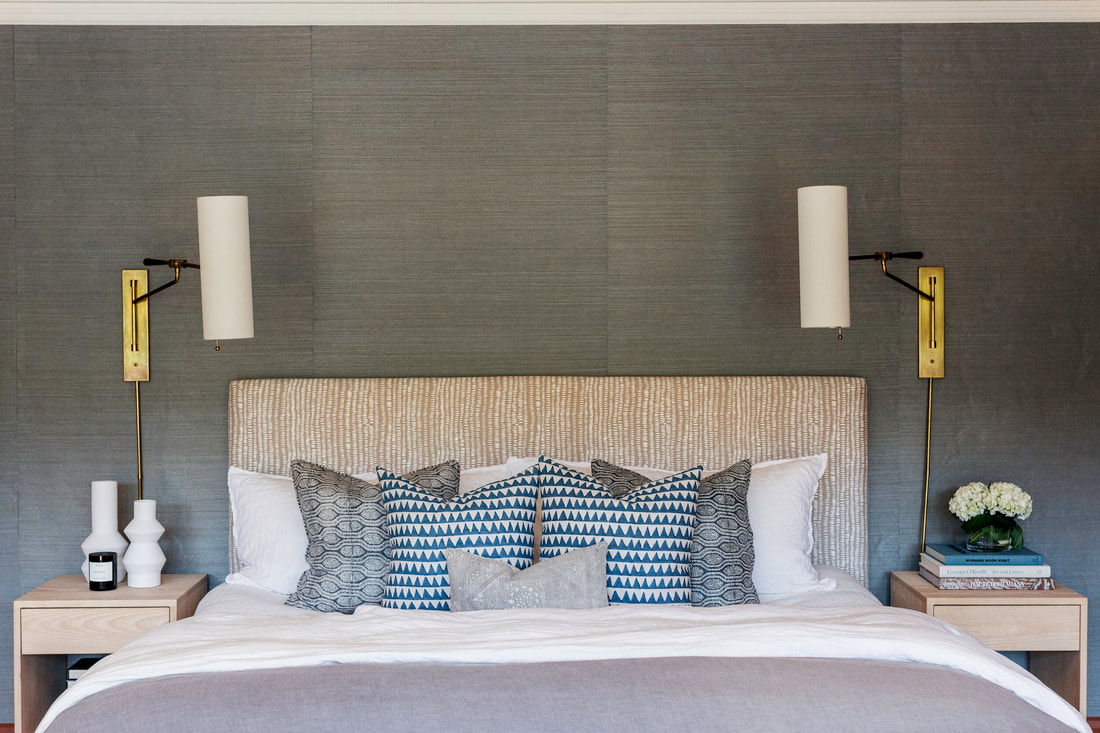 I think Pinterest and Instagram has been really helpful to show people what is happening behind the scenes and what it takes to get to the finished product. Most of my clients have style and an opinion, but need the skill of the interior designer to arrive at the end goal of the beautiful interior that they have in their mind. They want to take it to a different level that you can achieve from just going to the store and buying some furniture that you saw in an ad. I think especially now, we are realising how important the home is and that it should be our favourite place to be! The other thing is that, fully furnishing your house is a massive investment. You would never undertake that level of investment in any other area of your life without seeking the advice of a professional, so why would you spend money on renovating or furnishings your house without getting the proper advice. Obviously, an architect will make sure its structurally sound and can give you feedback on layout etc, and the builder will build it for you, but who is checking that the way you live your life works with the space that you have? Who is making sure that the materials you choose make sense for your family? Who is making sure that there is harmony from one space to the next and that everything is cohesive and well considered? That is the work for an interior designer. My clients tend to find a sense of relief when they get a designer on board because they can offload all those decisions, which can be a lot to handle. Also, it allows them to get someone's fresh eyes on the space, sometimes coming up with alternative solutions that may have never been thought about or considered. What piece of work are you most proud of?I think the two most recent projects are my favourite. The mill valley project is so me, I could move in tomorrow and not change anything as my client’s style was my style. We had loads of vintage and quirky gorgeous textiles, my favourite artists pieces are there... It’s basically my secret little dream house. The other project was the Mountain home. I love it as it was so outside of my comfort zone. The house was super 90s rustic and came out so beautifully. We had to respect the features of the house that the client didn’t want to get rid of (as they were the features that made them fall in love with the house in the first place) but work with them to create something beautiful. The brief was rustic romantic, which I wasn't sure of at first, but by delving deeper into their wishes we found a happy eclectic twist on it. It was a really happy collaboration between the clients and myself to come up with something that really felt fresh. What is a massive no-no in interior design?I have so many, but I think the first one that comes to mind is buying everything from the same vendor or shop (more like brands rather than curated interior shops). So, having a home that looks like the catalogue for that brand, it always looks exactly like that... A copy. The second thing is following rules too closely, people get paranoid about scale sometimes you can play with it a bit. Not rugs though, a rug that is too small for your space is such an immediate issue, so don’t break that rule! I think that nothing should be off limits really, even with colour or neutral spaces. In the UK you guys know that you can go crazy with colour and get it so right. What is your favourite trend at the moment? I think there are some things that have gone from trends to classic. That's when you know it’s good. The shift to handmade and artisanal is such a great trend I can get on board with and it should stick around forever. We go out our way to find pieces that are made in an artisanal way, which can benefit the maker in a more immediate way and supporting that community rather than exploiting that craft. These products tend to be more beautiful and have more soul to them... So might as well highlight and celebrate of people’s incredible talents. A machine can create a block print, but those that are made by hand are just that much more beautiful because of their imperfections. And if money can go to that person that is making it so lovingly, surely that is better than it going to a massive corporate machine And one you can’t wait to see the back of?I think I'm ready to get rid of boho and macramé and I think they are better replaced by some of these more soulful pieces I just described. I think some maximalist interiors can be a bit much for me and I don't like things being too in your face. I like things being slightly less obvious. Maximalist can be good if it’s done right, but it can also just be mayhem. More isn't necessarily always more, and just like delicious food, everything in moderation. You can go bold with color and/or print but I feel it should always be balanced and considered.
|
Categories
All
|
Award winning Interior Design & Styling - Cheshire, UK
Copyright © 2022

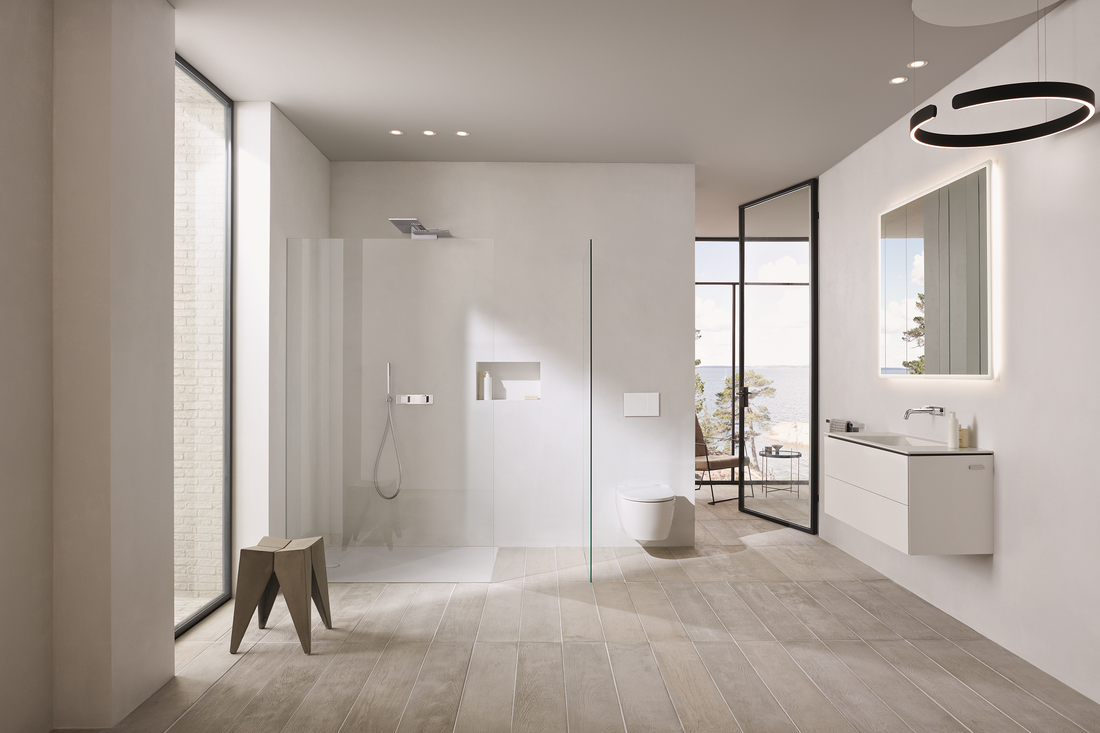
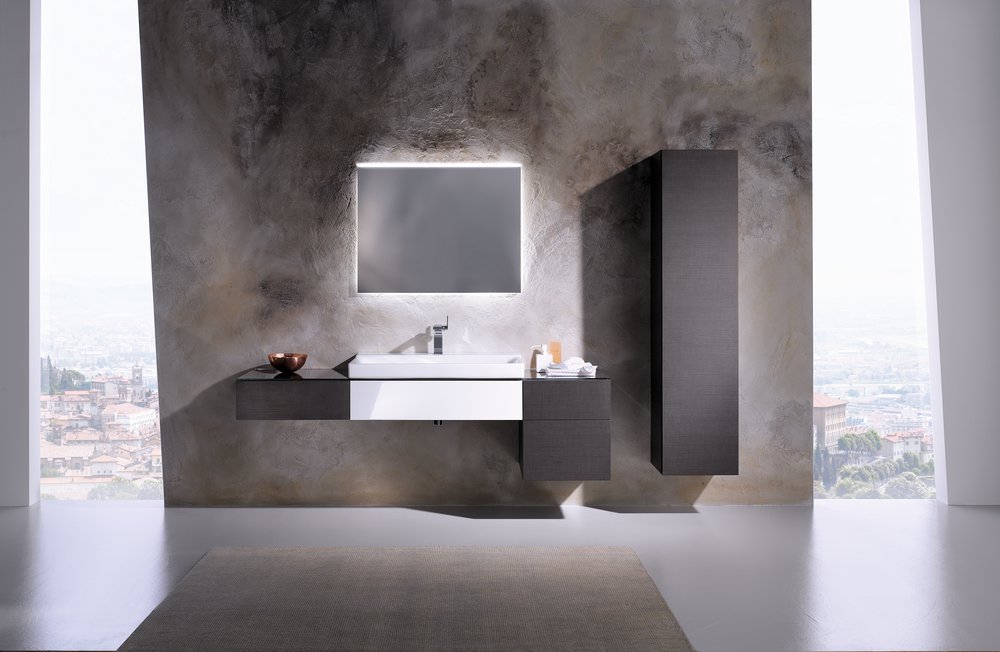
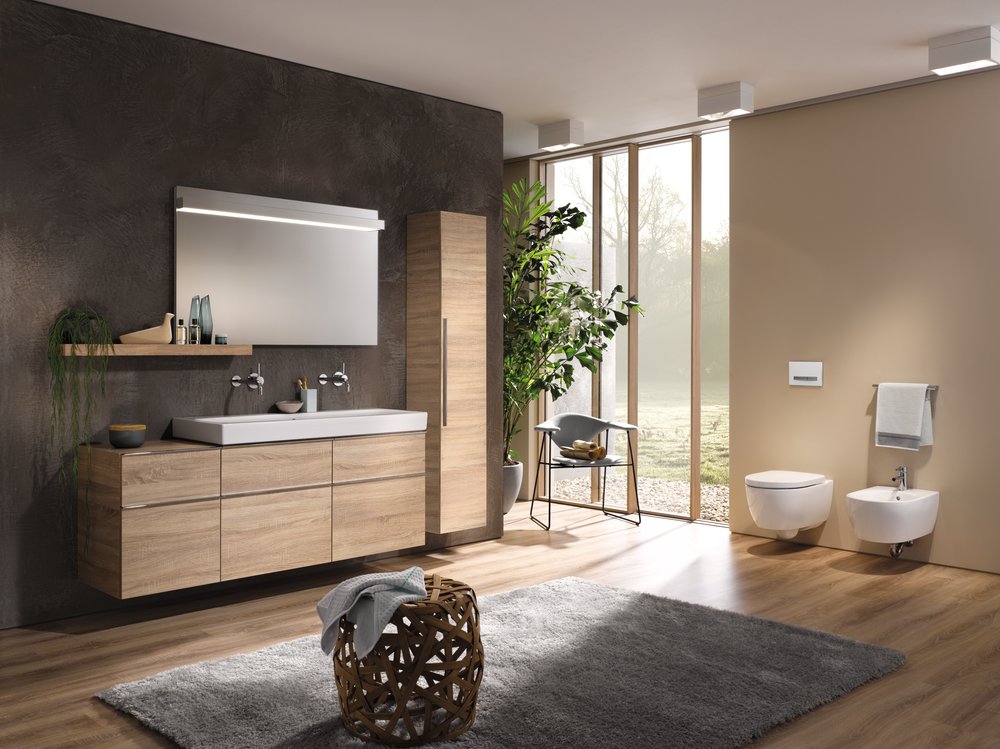
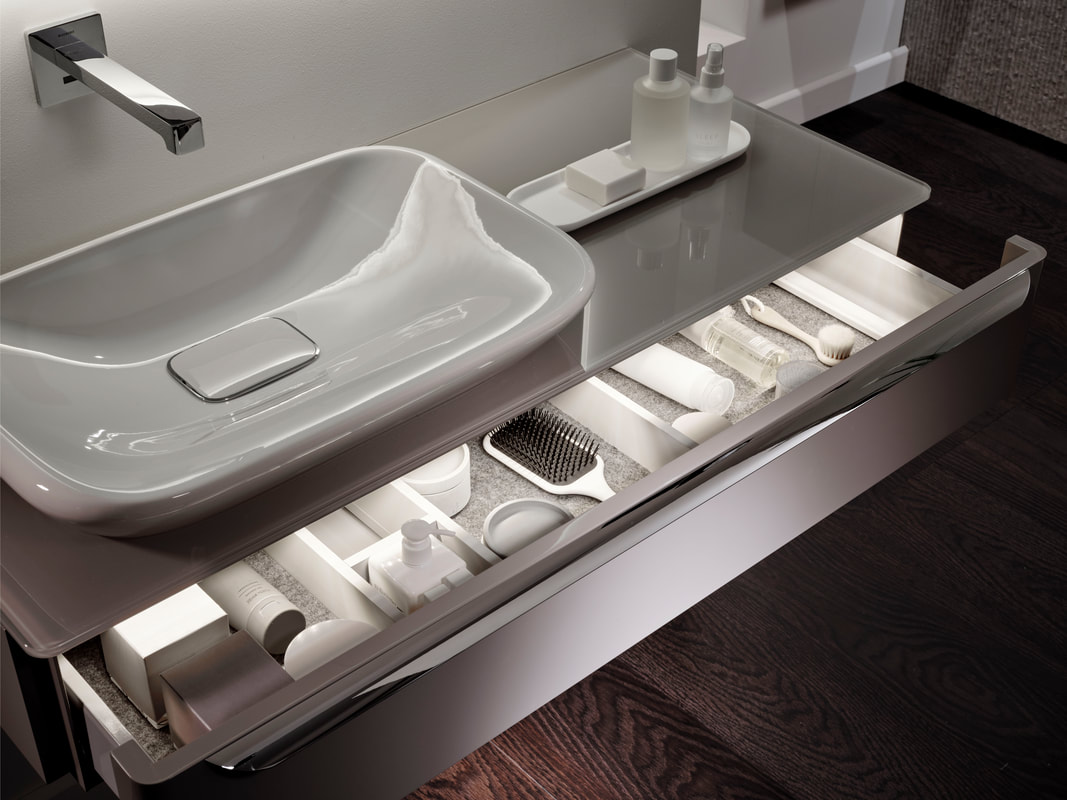
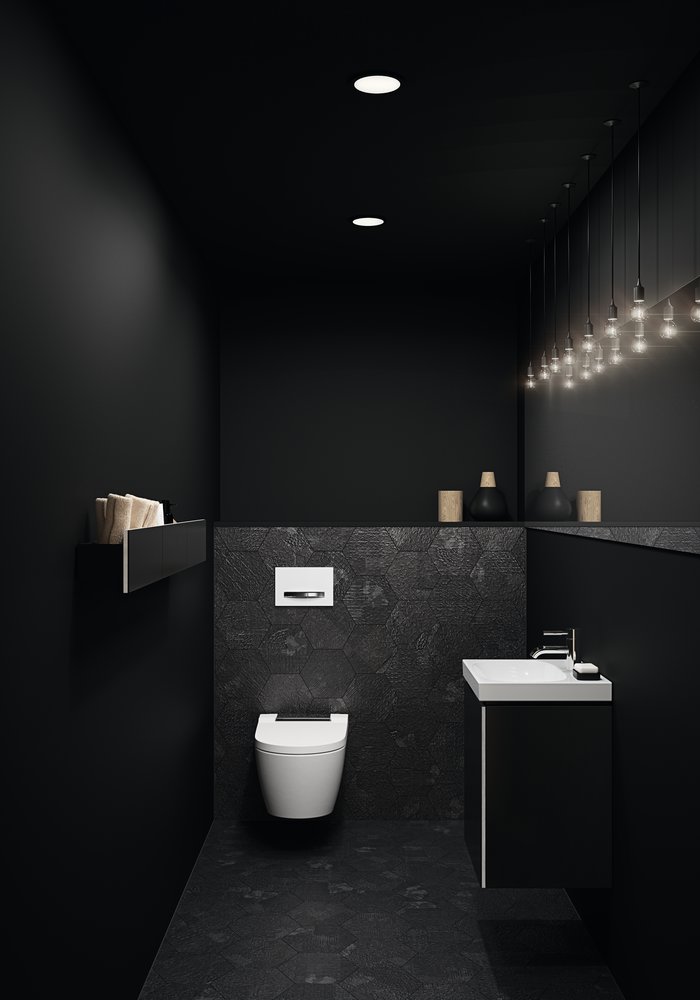
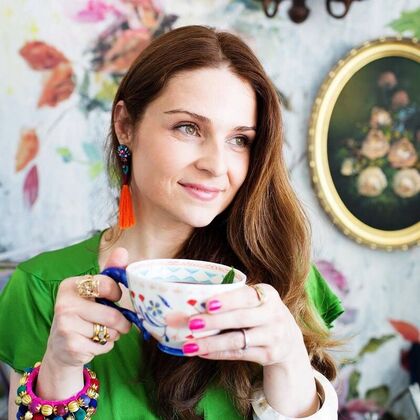
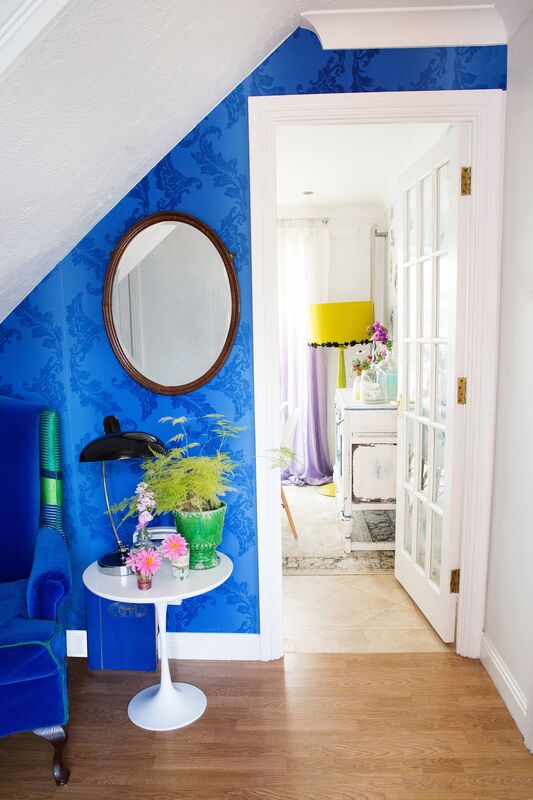
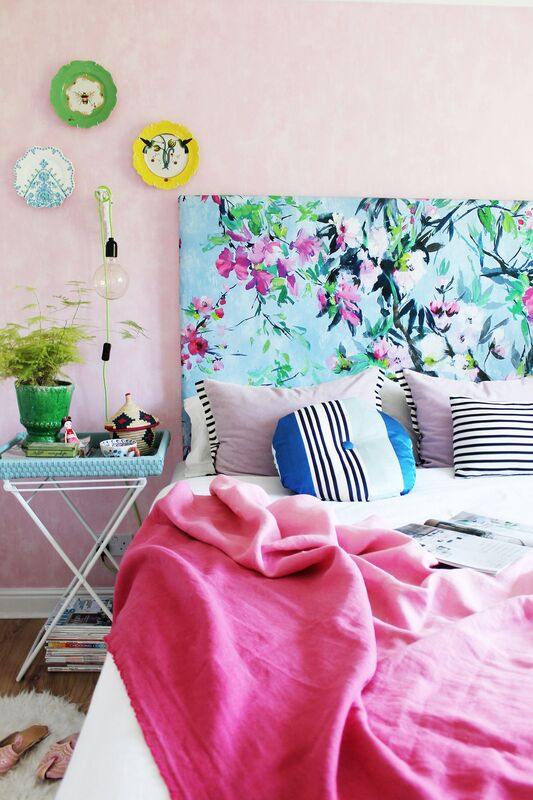
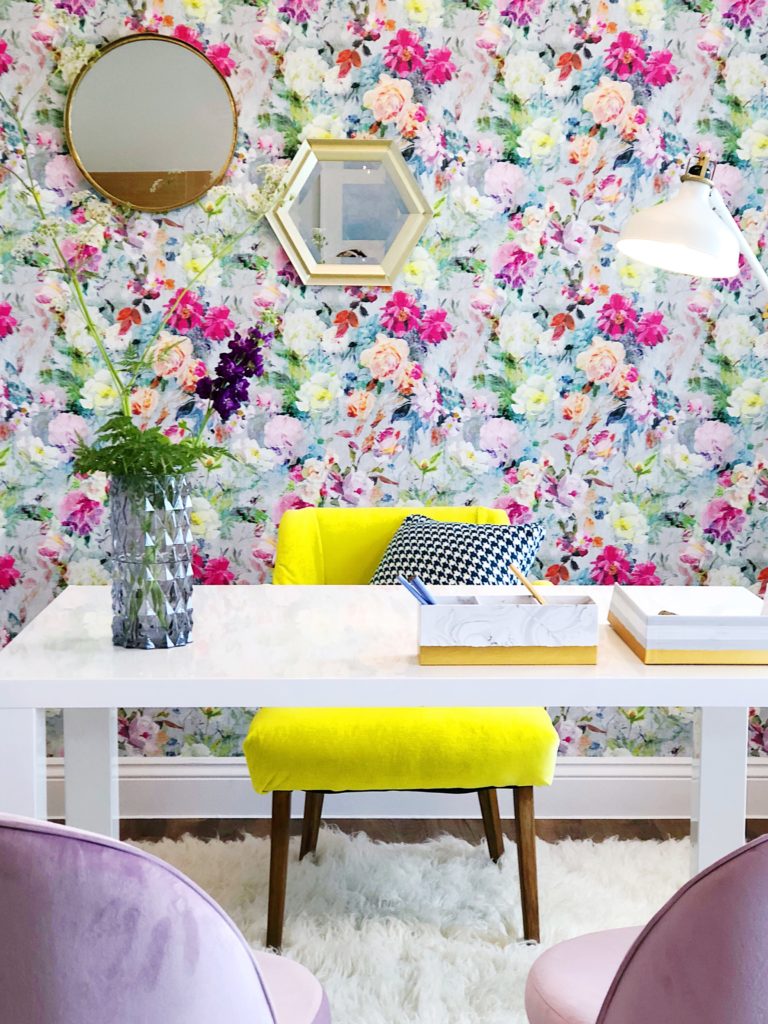
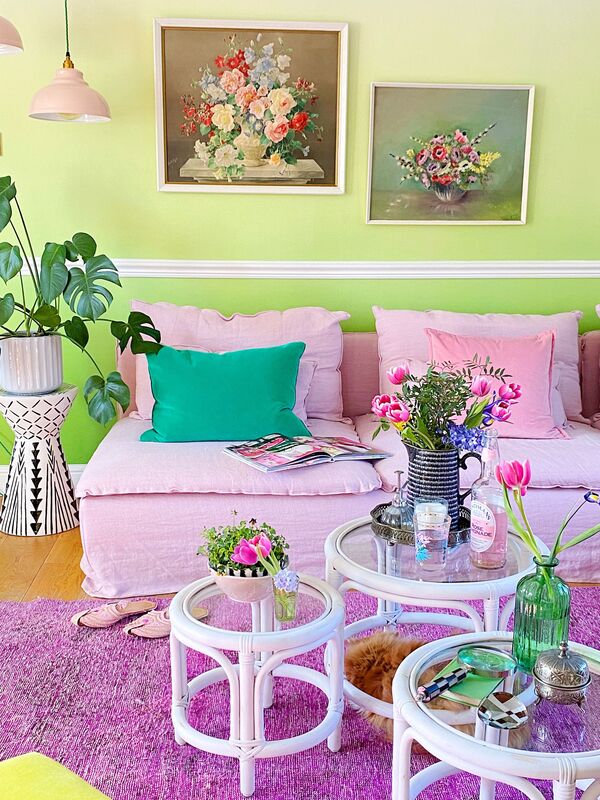
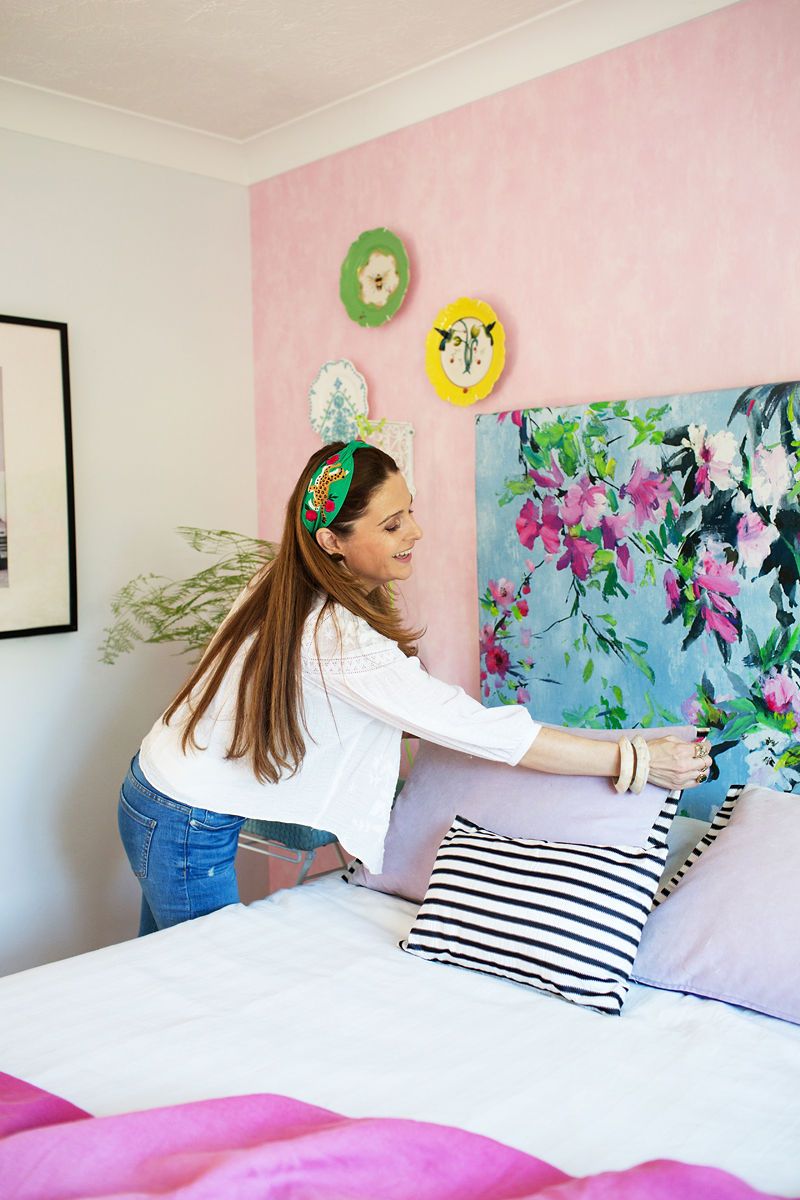
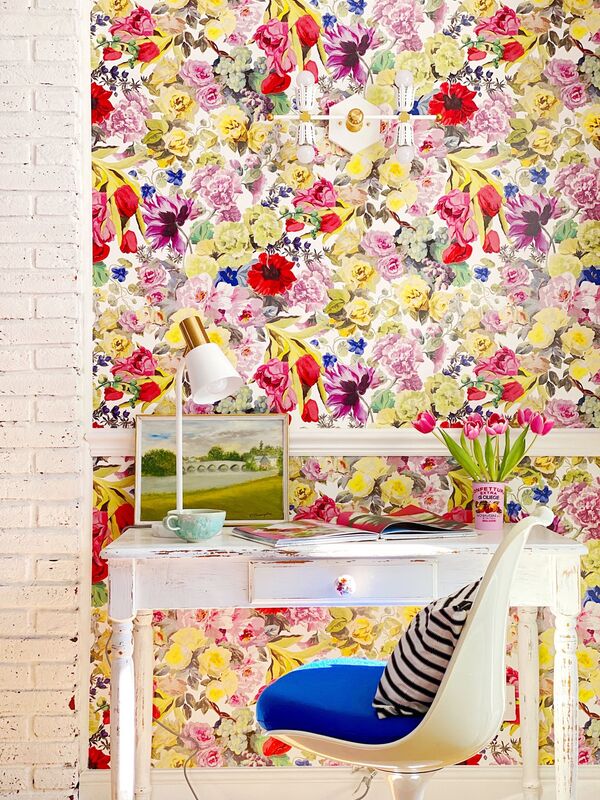
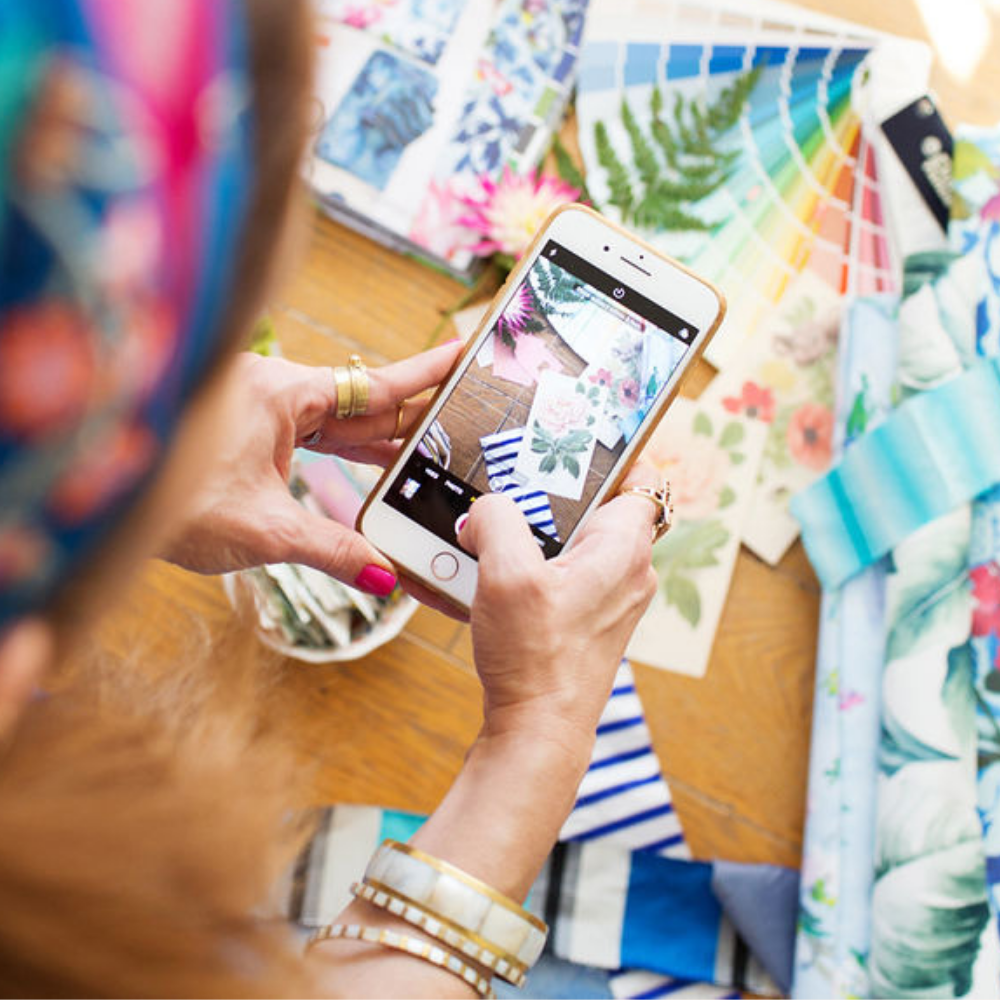
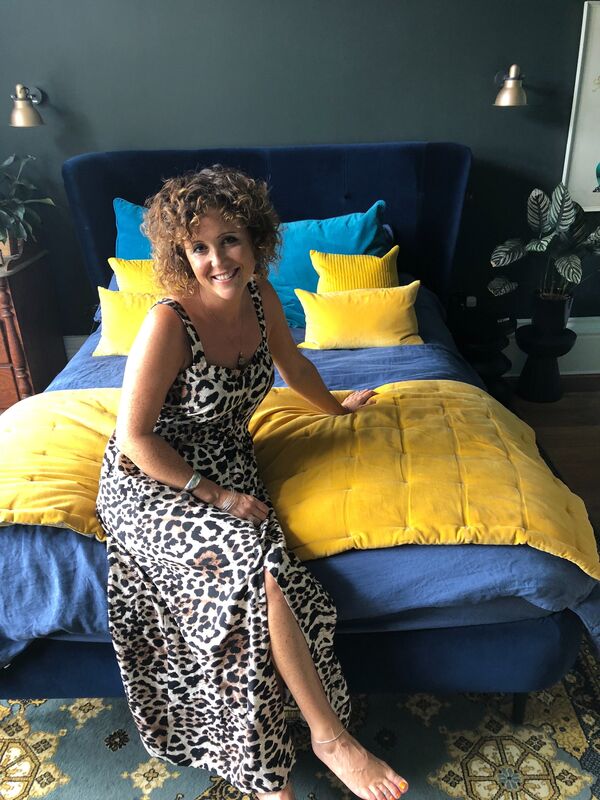
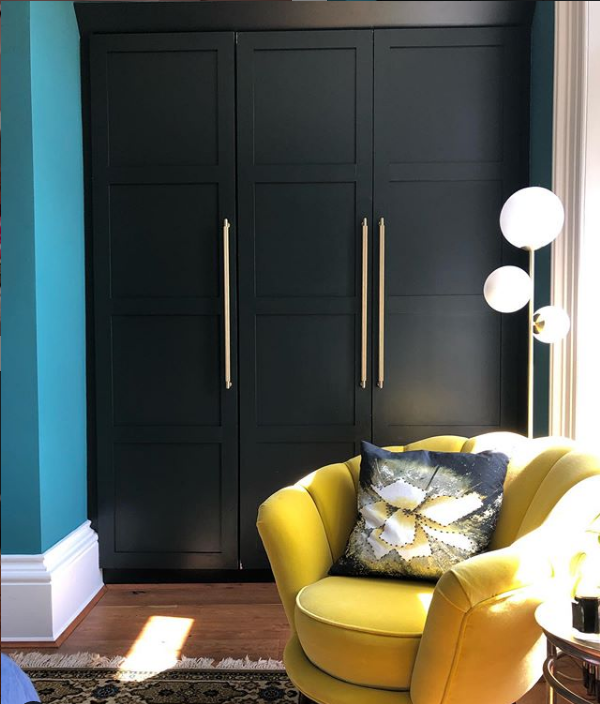
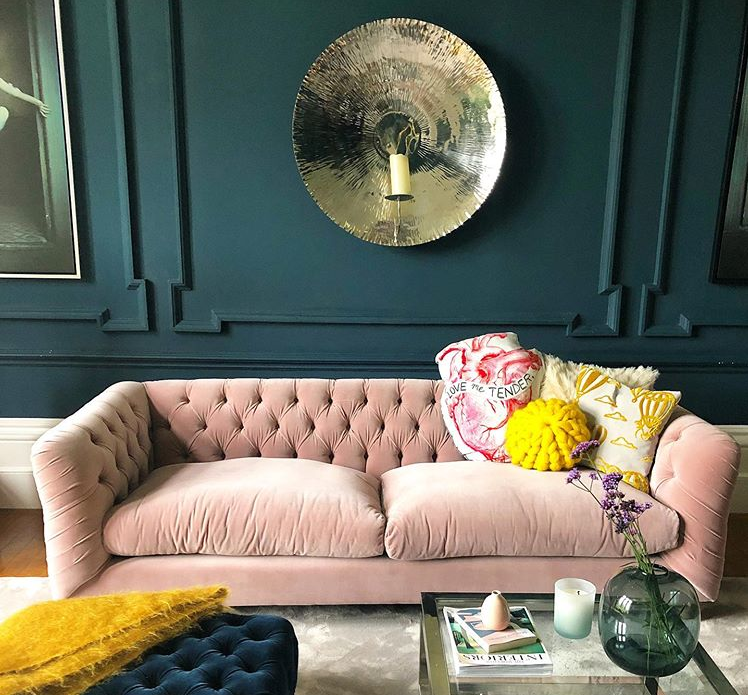
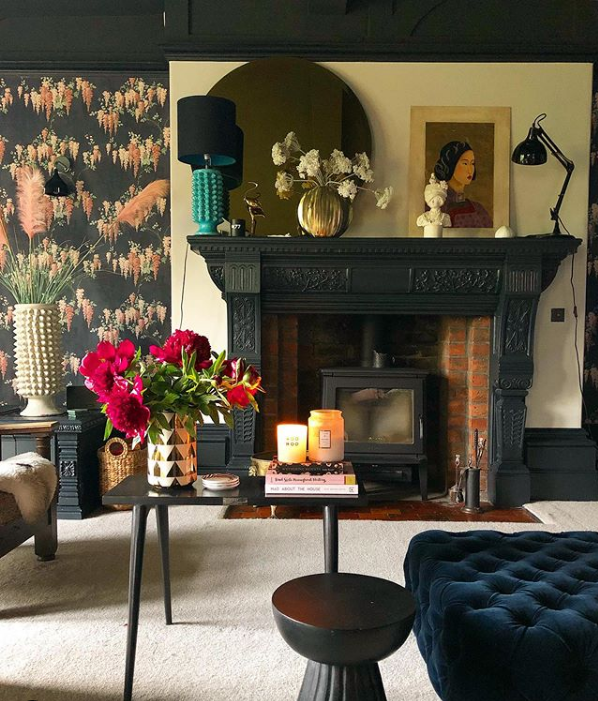
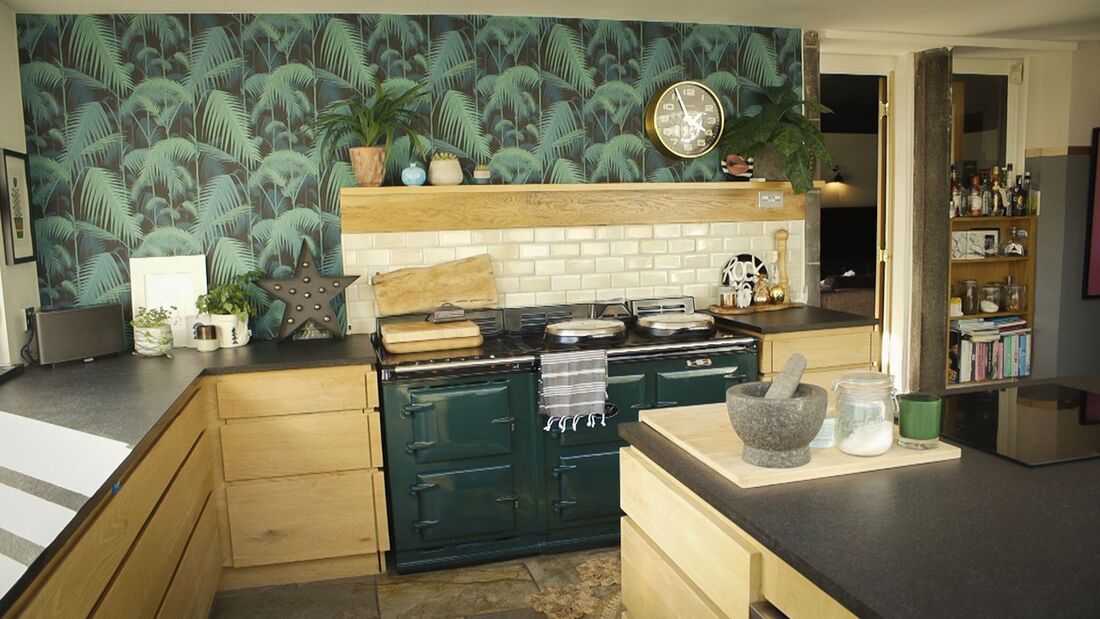
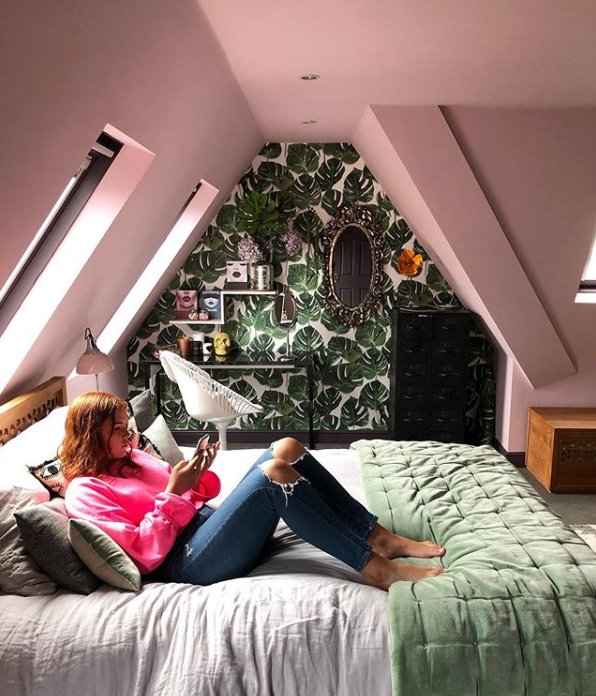
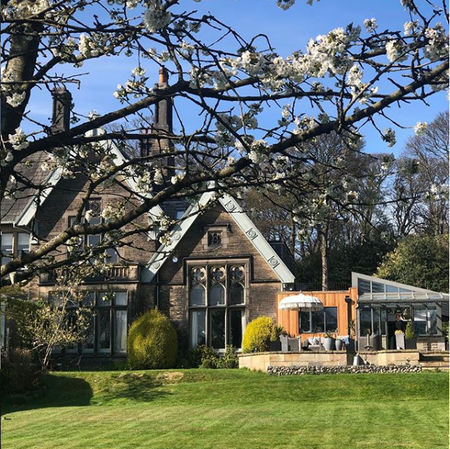
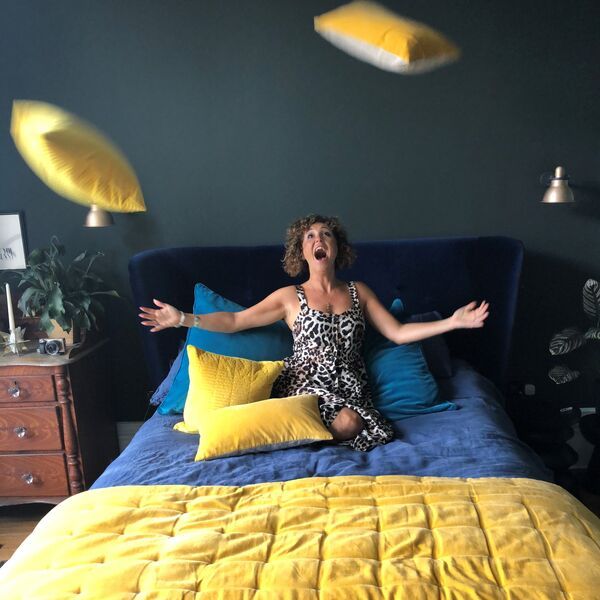
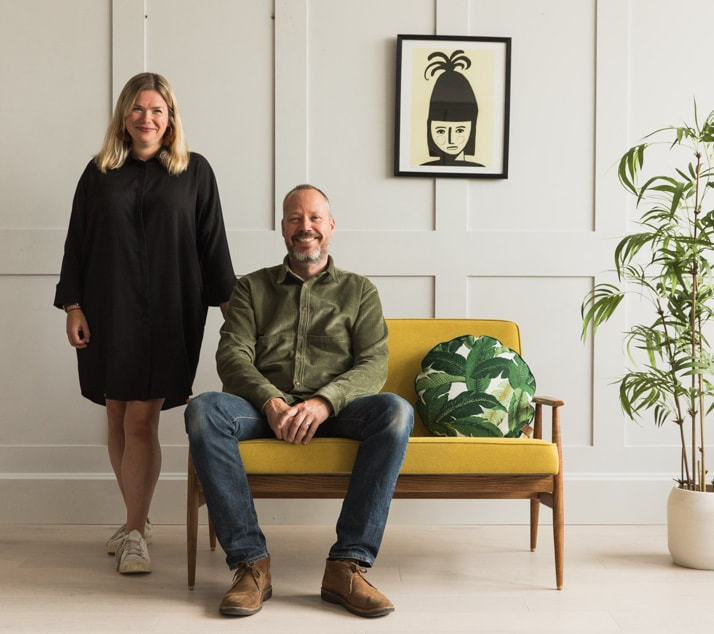
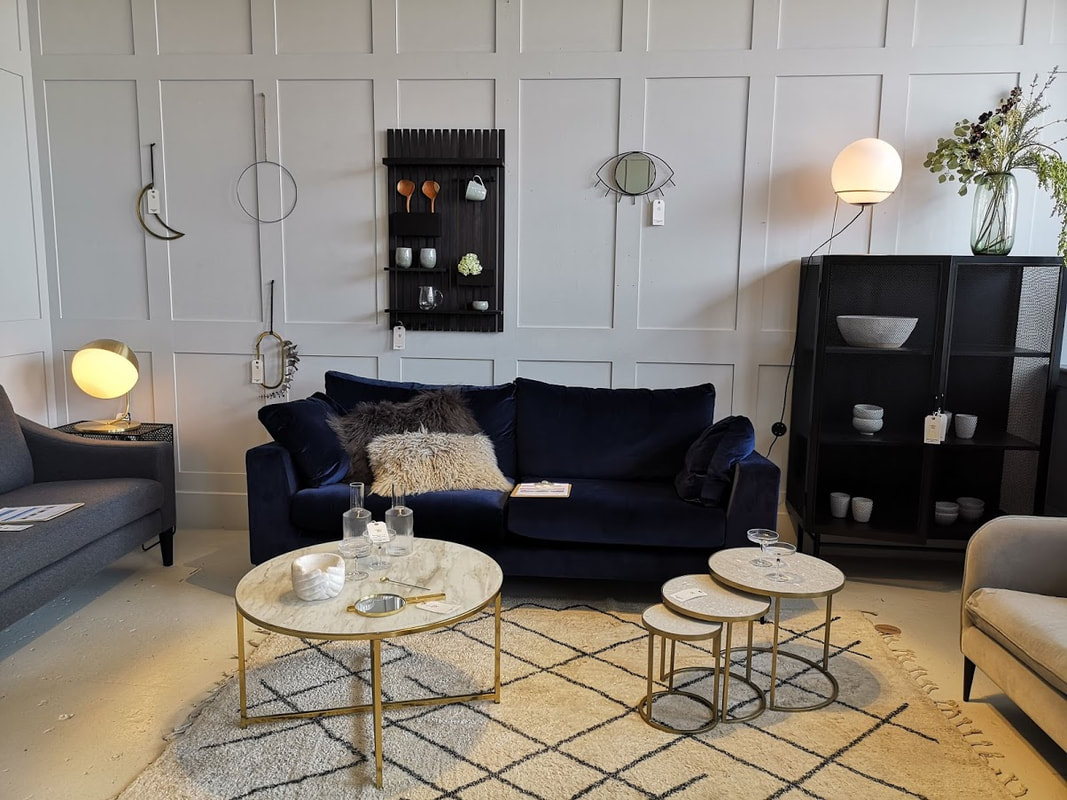
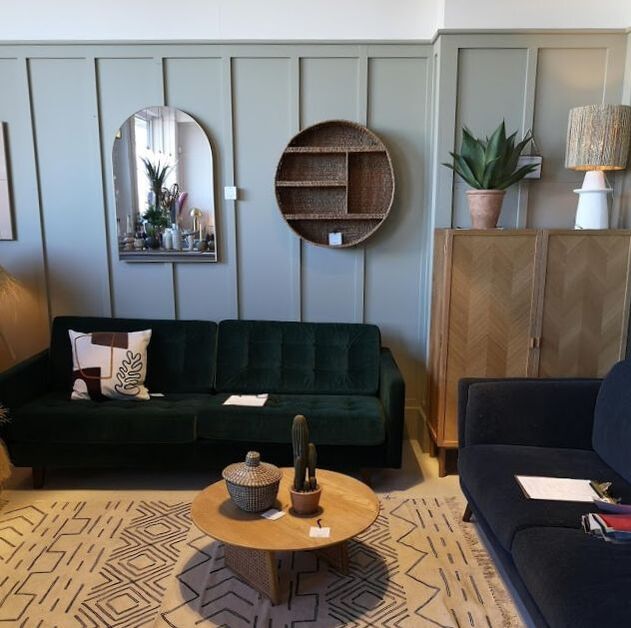
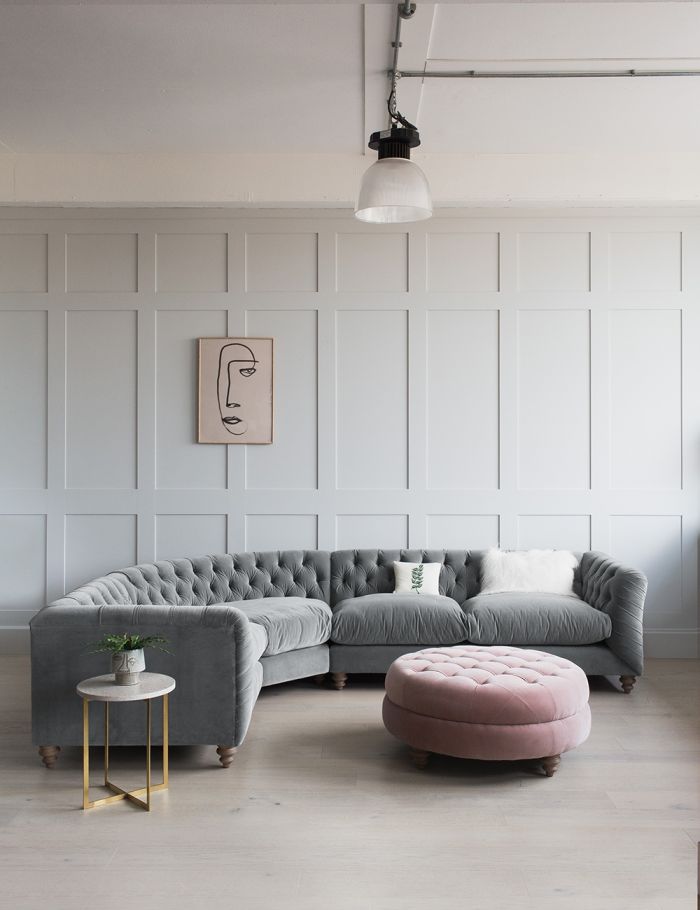
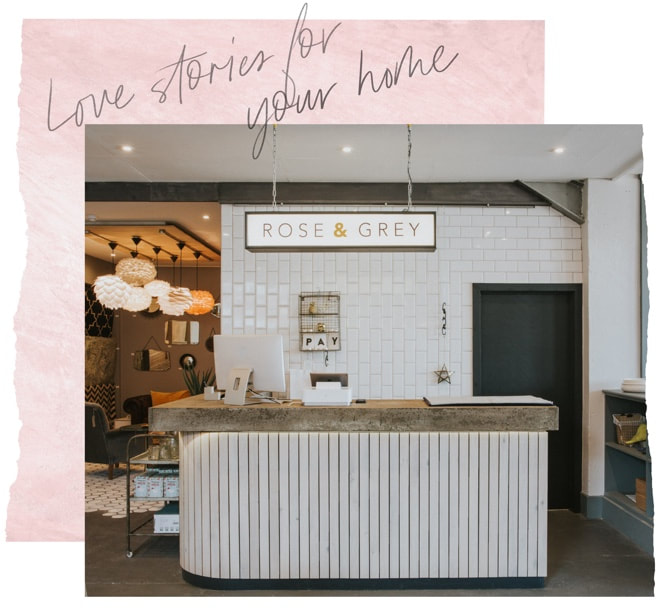
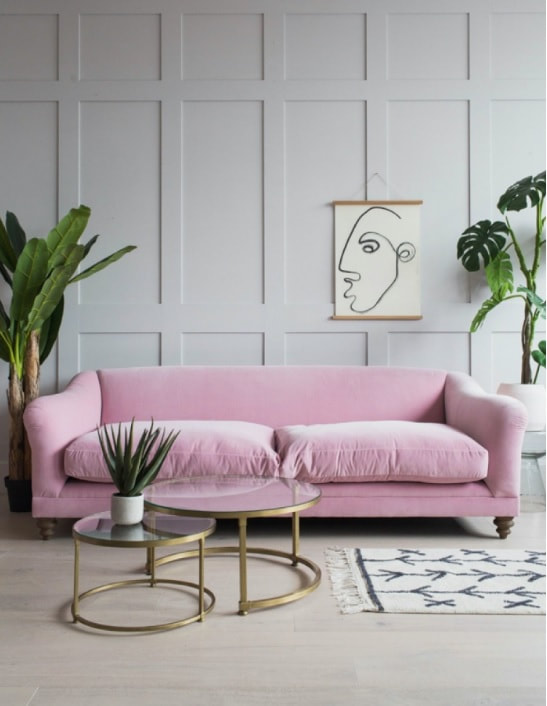
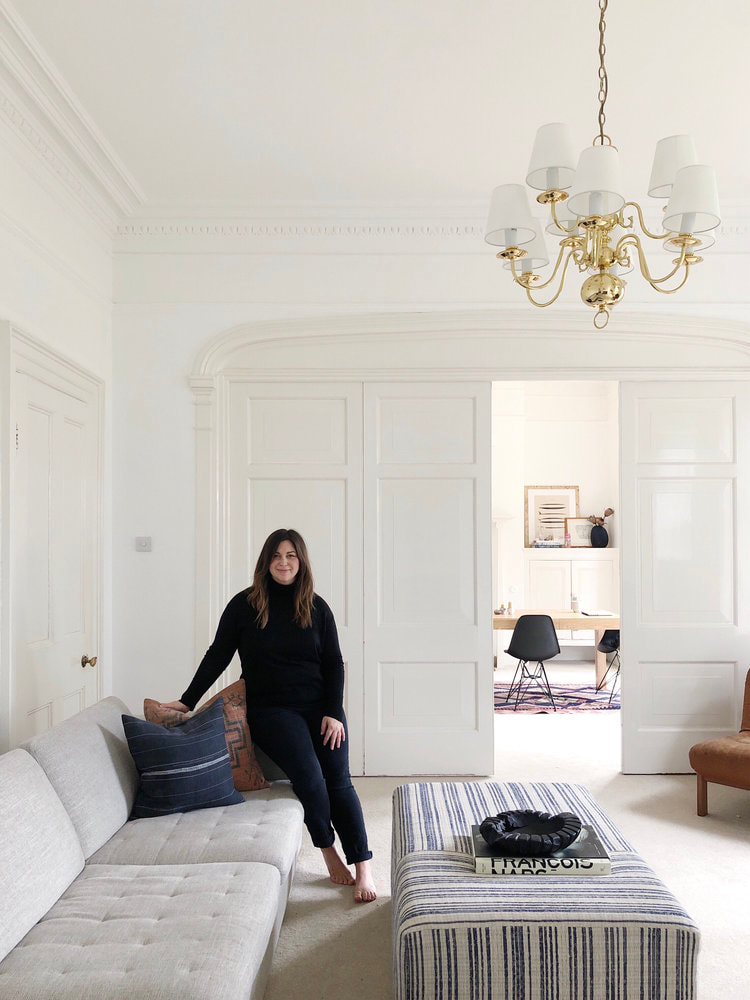
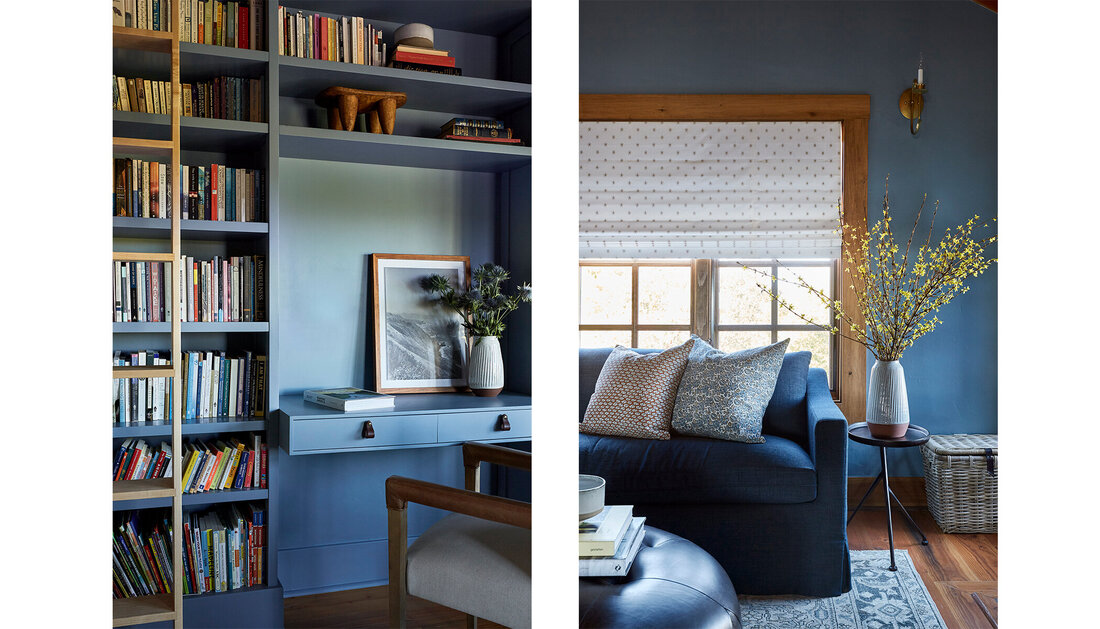
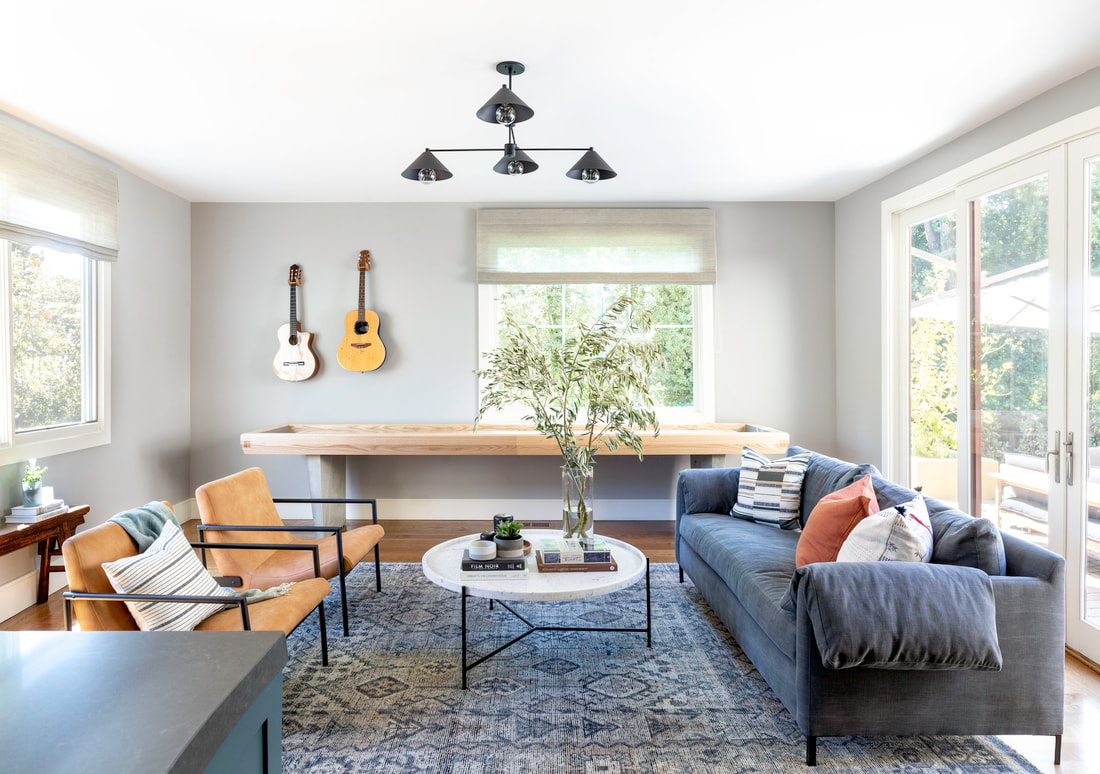
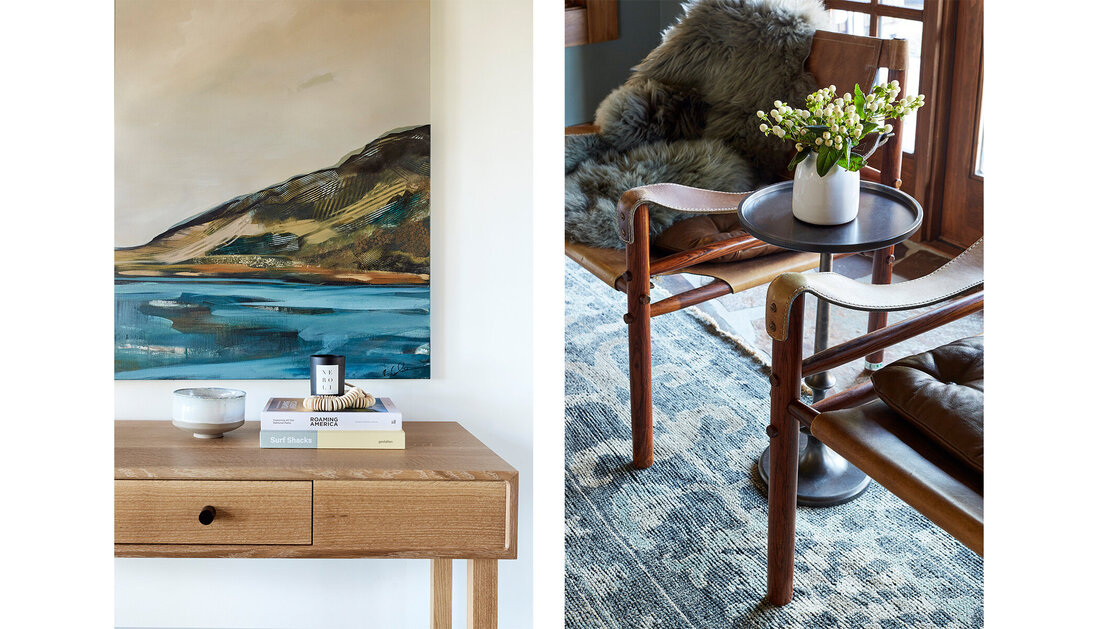
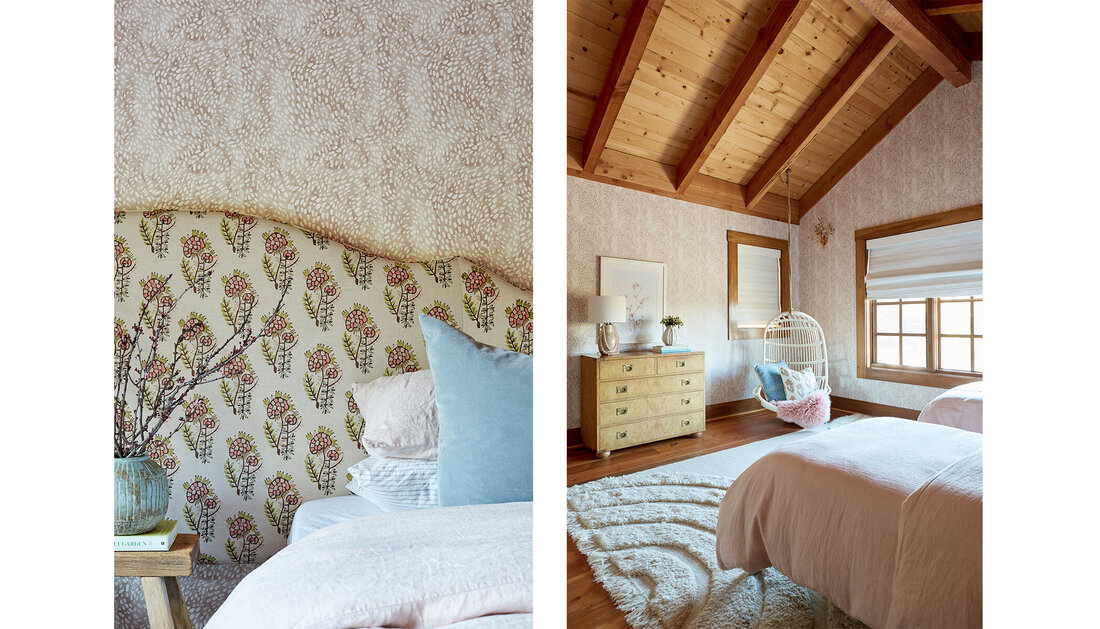
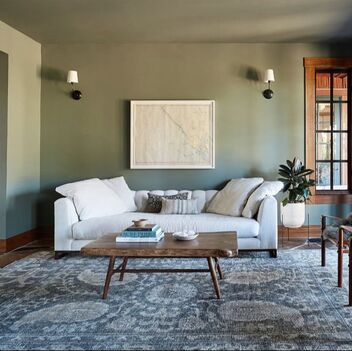
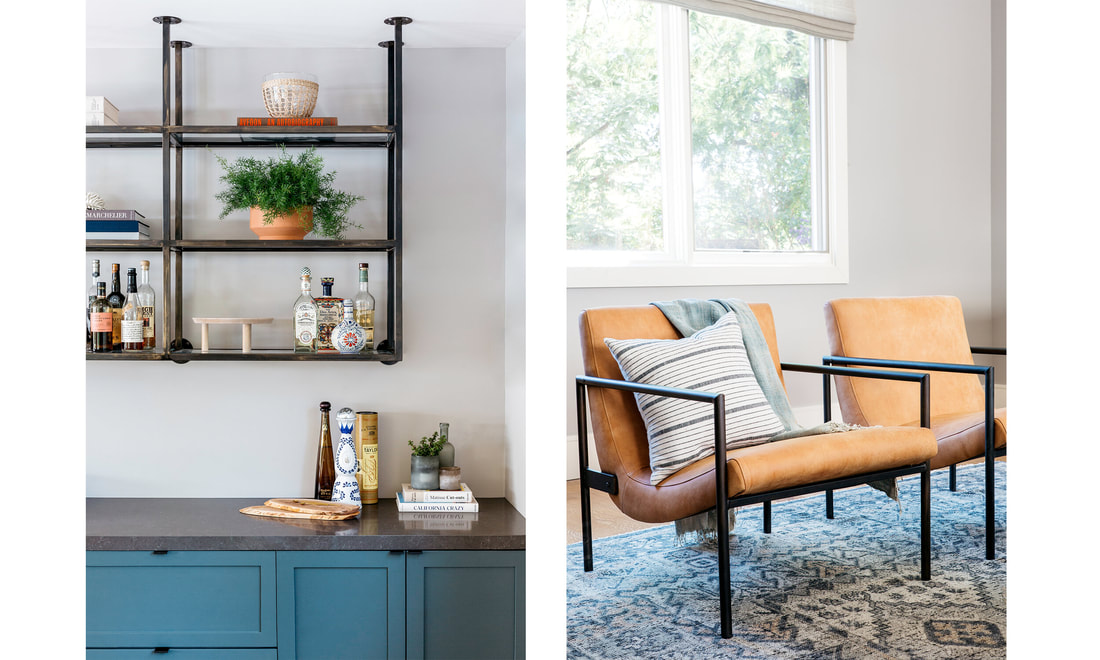
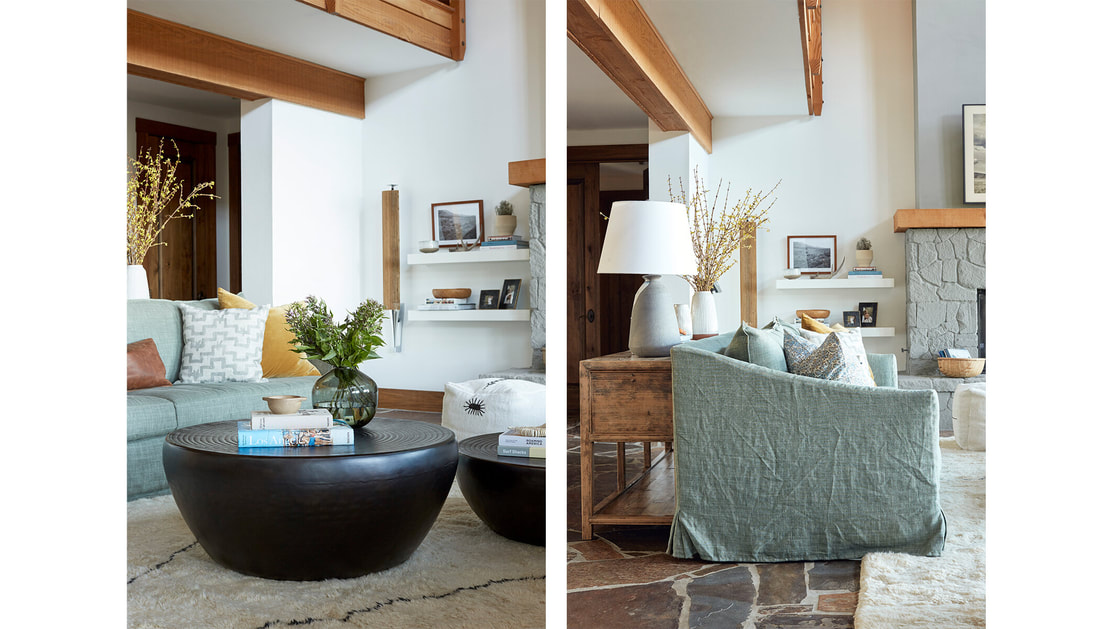
 RSS Feed
RSS Feed







